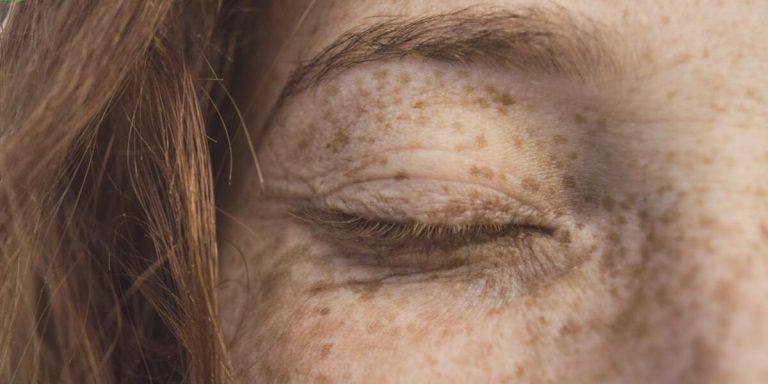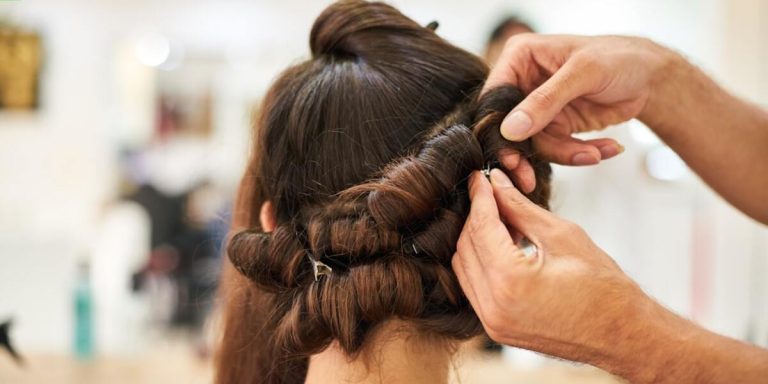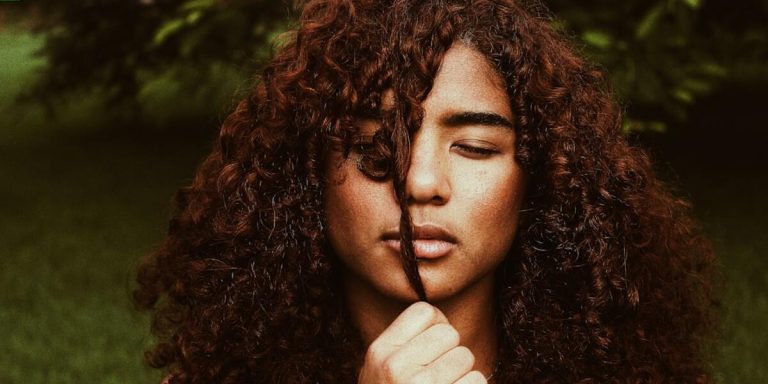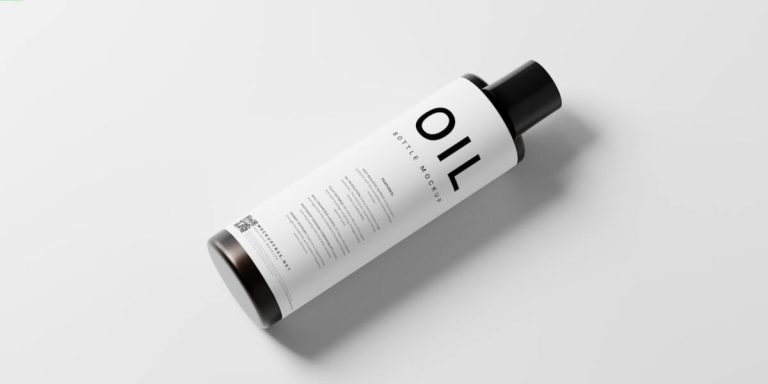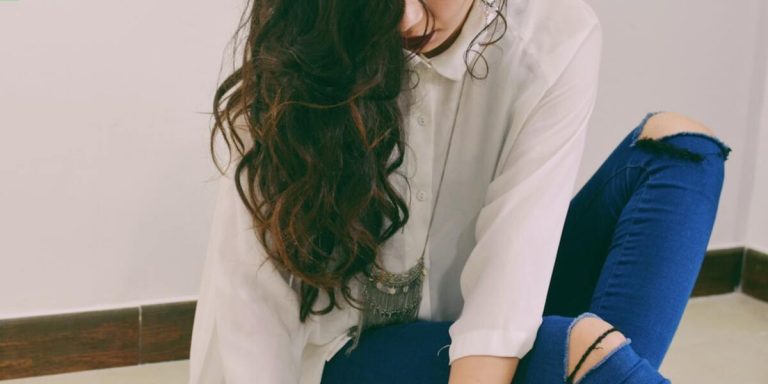Are Baby Hairs a Sign of Regrowth? Understanding the Link Between Newborn Strands and Hair Recovery
Everyone has their own observations and theories about hair growth. A common discussion point is whether baby hairs signal regrowth. This question comes from the fact that some people see fine, short strands around their hairline after excessive hair fall or thinning, and they call these ‘baby hairs’. Knowing what these mean can help you make better decisions about your personal care routine.
This blog post seeks to shed light on this subject by exploring the link between newborn strands and hair recovery. We touch upon concepts such as natural cycles of human scalp health, factors contributing to healthy strand regeneration and ways to encourage productivity within follicles. By unraveling scientific facts about such occurrences we aim at providing clarity on whether seemingly innocuous signs like baby hairs could potentially provide insights into one’s overall dermal health.
Did you know?
Little known fact: Baby hairs, also referred to as “vellus” hair in scientific terms, are actually the first sign of regrowth and recovery after a period of hair loss. They may seem thin and frail but truly heralds new strong strands rising from your scalp’s follicles!
Understanding Hair Growth Cycle and Baby Hairs
Baby hairs, those fine and often slightly unruly strands that frame the face are typically associated with new growth. They can indeed be a positive sign of regrowth, serving as evidence of hair follicles’ revitalization after they have undergone phases of rest or shedding. Understanding this phenomenon requires a deeper journey into the science behind our hair’s life cycle to truly appreciate its significance in 2023.
There is an intricate process at play when it comes to your scalp sprouting these tiny hairs, involving three main stages: Anagen (growth phase), Catagen (transition phase), and Telogen (resting phase). The duration spent by each strand in every stage isn’t uniform – some might grow faster than others. Baby hairs may very well represent fresh locks embarking on their own unique growth journeys.
Bear in mind that baby hairs can indicate regeneration within shrunken follicles, especially after treatments like minoxidil application or natural recovery from stress-related cases such as telogen effluvium. However, other factors could contribute as well. These include:
- Breakage due to inappropriate hairstyling techniques or tools.
- Short edges mistaken for new growth.
Therefore, you should closely observe over time before drawing conclusions about your overall hair health status based on these tiny harbingers.
The Anagen Phase: Recognizing New Growth
The Anagen Phase, also known as the growth phase, plays a crucial role in hair regrowth. It is during this period that you might notice baby hairs sprouting along your hairline or on areas of your scalp where there was previously thinning. But are baby hairs truly a sign of regrowth?
In short – yes!
Baby hairs often indicate new strands pushing through the scalp during the anagen stage when active growth takes place. This generally lasts between two to six years and varies from person to person depending upon various factors like age, health conditions, lifestyle habits etc.
Despite being small and wispy initially, these tiny sprouts can mature into robust full-sized strands if nurtured properly. So don’t be alarmed by their frail appearance at first sight; rather consider them symbols of hope denoting healthy regeneration under progress.
Here’s another fact for 2023: The lengthening technique used while blow-drying stimulates follicle activity promoting more production of such juvenile threads which later transform into mature ones giving thickness and volume back to your mane over time.
However take note! Not all newly appearing miniature strings qualify as signs of recovery post damage or balding situations because sometimes they could just replace older fallen ones naturally within standard lifespan cycles without signaling any significant restoration underneath.
In conclusion; While it’s true that seeing infantile filaments poking out near roots may bring optimism regarding revival possibilities after possible shedding scenarios but one should not overlook other indicators too in order to understand complete processes accurately.
Telogen to Exogen: Is Shedding a Prequel to Regrowth?
Understanding the stages of hair growth is crucial when investigating whether baby hairs are a sign of regrowth. The cycle consists primarily of three phases: Anagen, Catagen, and Telogen.
The Anagen phase is where hair actively grows. Depending on your genetics, this stage lasts between 2-7 years. Afterward comes the Catagen phase or transitional period which typically continues for approximately two weeks – during that time your hair follicle shrinks considerably.
In essence, yes! Losing some amount isn’t necessarily alarming; rather it’s oftentimes part and parcel with normal cycling process that makes room for fresh sprouts (baby hairs). These newly visible tresses may appear thinner due to their initial entrance into an ever-vibrant ecosystem atop your head!
However, one must be cautious not to confuse natural shedding with alopecia-induced loss – a condition characterized by extreme thinning without corresponding replacement activity at all or at best sparingly so hence no signs of baby-hairs appearing afterwards like usual.
Identifying Signs of New Hair Growth
Spotting the signs of new hair growth can often be challenging, and one may wonder if those tiny sprouts at your hairline are indeed a sign. The keyword here is “baby hairs,” which we frequently notice around our forehead or temples, standing out from the rest of our mane because of their short length and finer texture.
Often appearing after certain treatments like massaging with essential oils, using specific shampoos designed for regrowth or even post-medical interventions like PRP treatment – baby hairs could very well indicate that your follicles have awakened from their dormant state. Much like saplings in a forest ready to grow into mighty trees, these delicate strands signal hope for individuals aiming to combat thinning hairlines in 2023.
Bear in mind though; not all baby hairs correlate with new growth but don’t lose heart yet! Some additional signs complementing them might solidify your speculation about blooming rejuvenation. These include noticing changes such as increased scalp health seen through reduction in dryness or dandruff occurrence along with an improved overall texture that feels thicker than before.
So continue nurturing those tender roots while keeping close watch on other possible indications too!
What Are Baby Hairs?
Baby hairs, those tiny and fine strands often seen along the hairline or scattered on the scalp, might have more significance than you perceive. If your focus has been mainly to boost hair growth and in particular regrowth, these baby hairs may be an encouraging sign.
So are baby hairs a sign of regrowth? Let’s delve into that examining closely what they could mean about your journey towards fuller locks.
Firstly, when we say ‘baby hairs’, it is equivalent to saying new-grown hair. These tender soft strands typically sprout after experiencing some form of temporary hair loss due to reasons such as pregnancy or medical treatments which bring us back full circle – Yes! Baby Hairs can indeed indicate positive signs of regrowth!
Next up comes differentiation. Not all short lengths should spell out happy news for as confusing as this sounds there lies variance even within nature’s way of replacing lost ones – Telogen vs Anagen Hair being prime examples here with former denoting resting phase where no significant growth happens while latter showcasing active progressions occurring beneath surface pushing forth stronger versions eventually becoming fully matured terminal types commonly noticed upon our heads.
Differentiating Between Breakage and Actual Regrowth
Understanding the key differences between hair breakage and actual regrowth is an essential aspect on your journey to healthy, vibrant locks. Let’s delve into a few in-depth factors that will help you distinguish one from another.
Firstly, we must comprehend what these two terms signify. Hair breakage usually occurs due to physical or chemical damage which weakens your strands leading them to snap off prematurely. On the other hand, new hair growth denotes fresh follicles sprouting up from under your scalp as part of their natural life cycle.
Now let’s discuss how they can be visually differentiated:
2) Position: Breakages often occur halfway down the strand creating uneven lengths throughout whereas new baby hairs naturally grow right out from our scalp surface!
Enhancing Natural Hair Regeneration Processes
When it comes to hair regrowth, one of the most promising signs is often overlooked: baby hairs. These are small, fine strands that tend to appear around your hairline or in areas where you’ve experienced thinning. They’re typically shorter and softer than the rest of your mane, which can make them hard to spot unless you know what you’re looking for.
Many people misinterpret these tiny tufts as an indicator of further loss but rest assured; they could very well be a signifier that your natural regeneration processes are kicking into high gear! Especially if accompanied by other healthy indicators such as reduction in overall fall out rate or increased scalp health.
However, it’s important not to assume all new growths are crucial evidence of recovery immediately – sometimes, hormonal changes or external stressors might also trigger temporary sprouting. Hence understanding this pattern and observing over time becomes essential before celebrating prematurely on sighting some baby whisps!
The best part about seeing re-emerging locks? This implies innate capacity within follicles is still intact; meaning strategies designed towards reviving those weakened ones have higher chances at success when supplementing body’s already ongoing efforts! Using products infused with ingredients promoting such biological actions could therefore potentially speed up restoration timings significantly.
Optimal Nutrients for Promoting Hair Recovery
Nutrition plays a pivotal role in promoting hair regrowth. Several research studies have strongly recommended incorporating specific nutrients into your diet to boost natural hair regeneration processes. It’s essential, particularly when you start noticing those tiny strands of new growth or “baby hairs,” which are indeed an encouraging sign of hair recovery.
The concept is simple: Our bodies need specific vitamins and minerals for every organ to function healthily including your scalp! Let’s dive into the optimal nutrients that could stimulate hair regrowth.
1. **Protein**: Our very own locks primarily consist up of protein fibres known as keratin. To initiate the process where baby hairs signal regrowth, ensuring adequate protein intake from foods like fish, chicken, eggs, beans can be crucial.
2. **Vitamin A**: This vitamin helps with cell growth throughout the body — including on your head! Get this vital nutrient from carrots and sweet potatoes to keep your scalp moisturized too.
3. **B Vitamins** – These include biotin known for its significant role aiding in faster hair growth along with supporting overall skin and nail health—found abundantly in meat products; leafy greens provide other B-vitamins that facilitate red blood cells transport oxygen & nutrients over scalp area stimulating further regeneration.
Scalp Care Techniques That Encourage Regrowth
In understanding our body’s natural hair regeneration processes, we’ll pay detailed attention to the scalp. It’s a vital component directly involved in both hair growth and regrowth. But how does it relate to baby hairs?
Are they signs of regrowth?
Baby hairs often line your forehead or nape and are usually very thin, shorter than other hairs on your head. And yes, their emergence can be an encouraging sign that new follicles are growing healthy strands.
Let’s look at some simple yet effective scalp care techniques you could leverage.
Firstly, consider doing regular scalp massages with essential oils such as rosemary oil – known for supporting healthier scalps and potentially aiding overall hair strength including promoting new growths like baby hairs . A gentle massage not only stimulates blood flow but also helps distribute these nutrient-rich oils evenly across the whole region – fostering ideal conditions for robust hair regrowth.
Secondly, cleansing is another key element in managing optimal conditions for potential re-growth. Use shampoos designed specifically to support stronger follicles/Hair Regenesis formulas which include ingredients that may help clear off harmful waste materials from the pores without being too harsh on them — thus making room for fresh sprouts i.e., baby hairs.
Conclusion
To wind it up, deciphering the mysteries of your mane has never been easier. Are baby hairs a sign of regrowth? Indeed, they are!
These whisper-thin strands are more than just unruly guests; they’re harbingers announcing that your scalp is on its rejuvenating journey. Remember though – patience and consistency in hair care regimen can make all the difference for healthy, resplendent locks.
Can’t seem to get enough about understanding the world of hair growth? Why not explore other sections within our website? We have amass an array of informative resources all dedicated towards helping you master every strand-ucture’s secret—from root to tip—offering practical tips and techniques for everyone seeking their crowning glory’s recovery.
Venture further with us into this lush forest we call Hair Regrowth.


